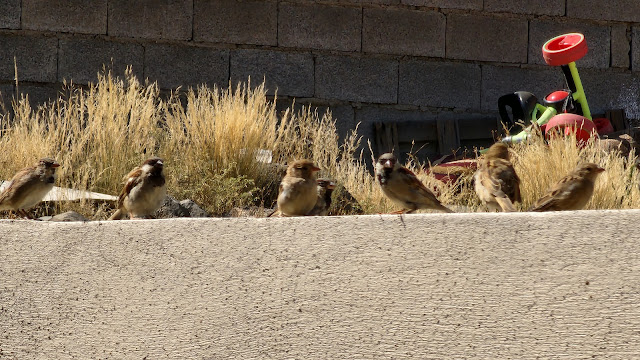Who is Howling in Arabian Nights?

It must be a wolf on a chilling night. The descendant of the one who smelled the blood of the prophet Yousuf. His brothers threw him into a well and lied to their father that a wolf had killed him—the one who undeservedly bore the burn of the blame among all the animals of the desert. We are so quick to assume Arabia is an astronomical stretch of sandy dunes margined by horizons. But it is not like that everywhere, especially in inhabited areas, places of settled life near water holes, valleys, and places where caravans used to meet their suppliers and buyers along the trails in the past but have grown to be modern-day towns. I read Alfa Layla Wa Laylah (Thousand Nights and a Night) in Malayalam copy I borrowed from the college library. I did enjoy it myself. I owned a copy of my own in English much later in 2003 from a used bookstore in Kozhikode. Last week, my son had heard something about a tale from his school and came home asking if I had any such a book in our collection. ...





